Yoga for Every Body: 7 Ways Yoga Props Power Up Your Practice
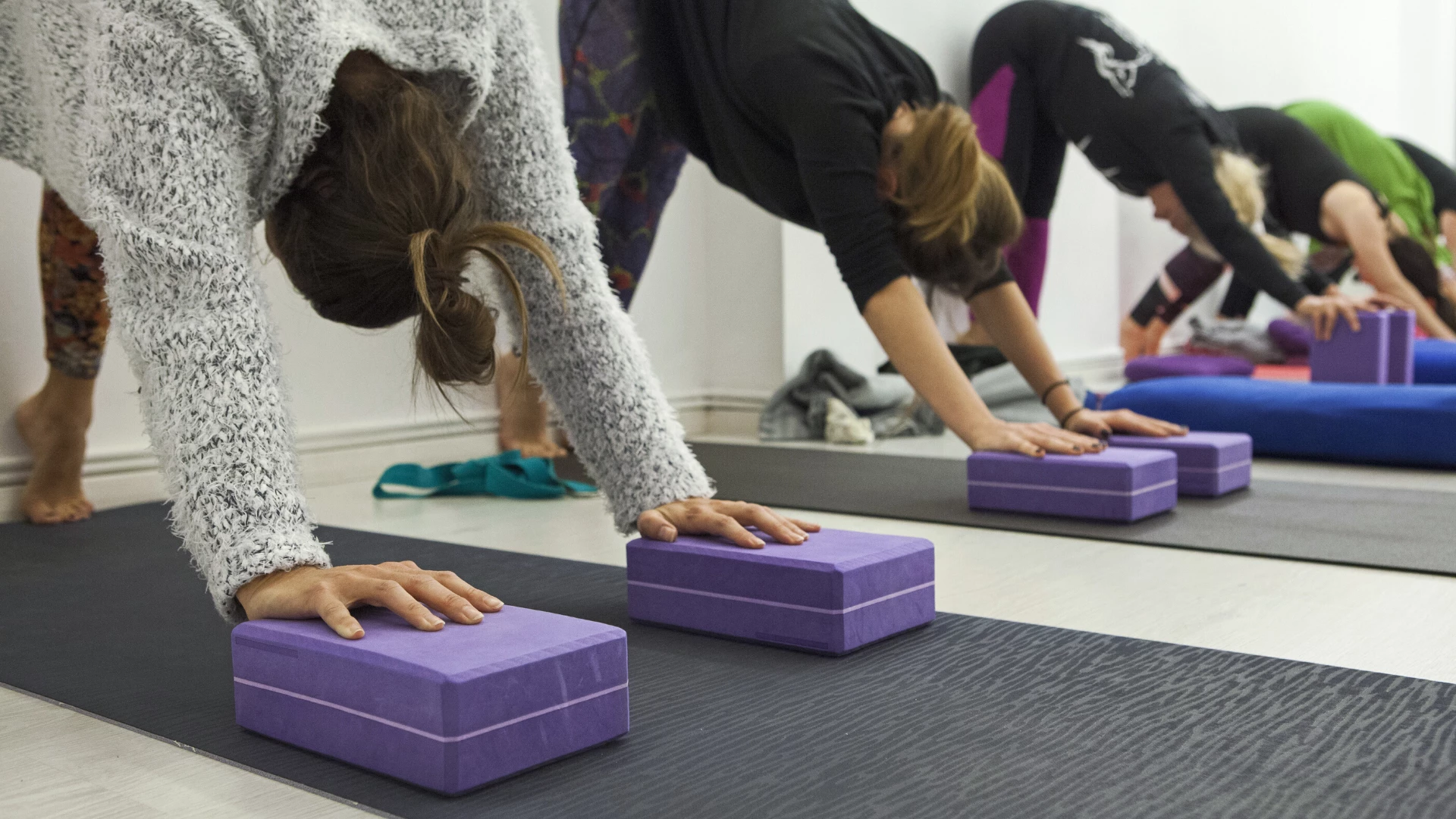
Although we’ve heard that some yoga teachers say using props is “cheating,” we couldn’t disagree more! In fact, it took some effort for me to whittle down the reasons why we think props are so beneficial—and lovable—to just seven. Yes, we love yoga props so much because:
1. Yoga Props Keep Us Safe
Using a prop can help prevent injuries caused by overstretching or misalignment. For some people—whether due to lack of flexibility or anatomy (short arms), reaching the floor is difficult and using a prop, for example, in Trikonasana (Triangle Pose) or Ardha Chandrasana (Half Moon Pose) can make the difference between overstretching your hamstrings and keeping them healthy.
For people who are stiff or have back problems, using a prop in a backbend like Ustrasana (Camel Pose) can reduce stress in the low back. Someone whose arms are misaligned, with a carrying angle, for example, can use a strap just above the elbows to prevent uneven wear and tear on the elbow joints in Adho Mukha Svanasana (Downward-Facing Dog Pose).
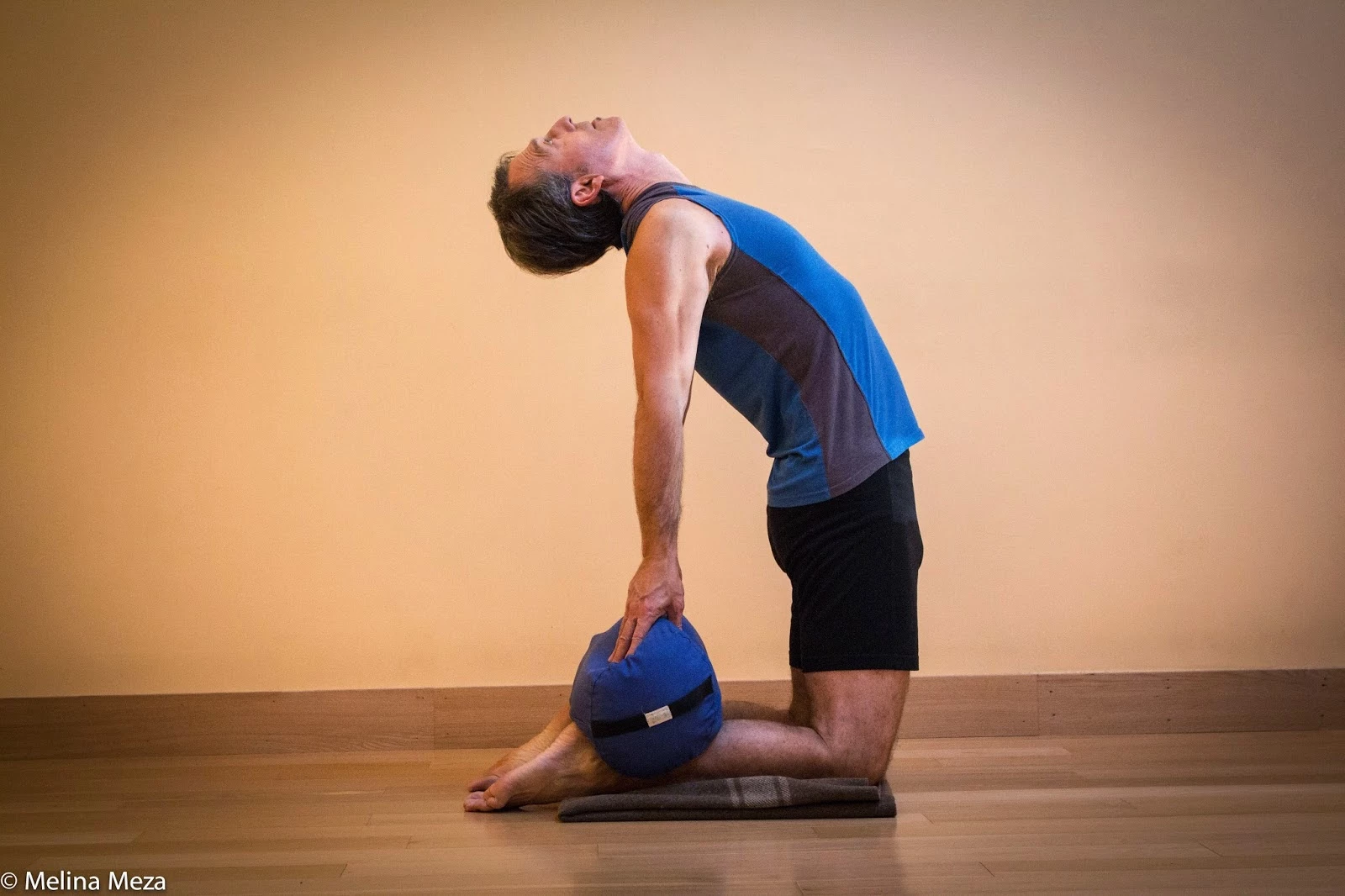
2. Yoga Props Can Stabilize Us
For people with balance problems or who are weak, using props in standing poses can keep you from falling. You can use the wall (with a foot or hand on the wall) or you can support yourself with a chair. Even a block to support your hand can help stabilize you in the pose.
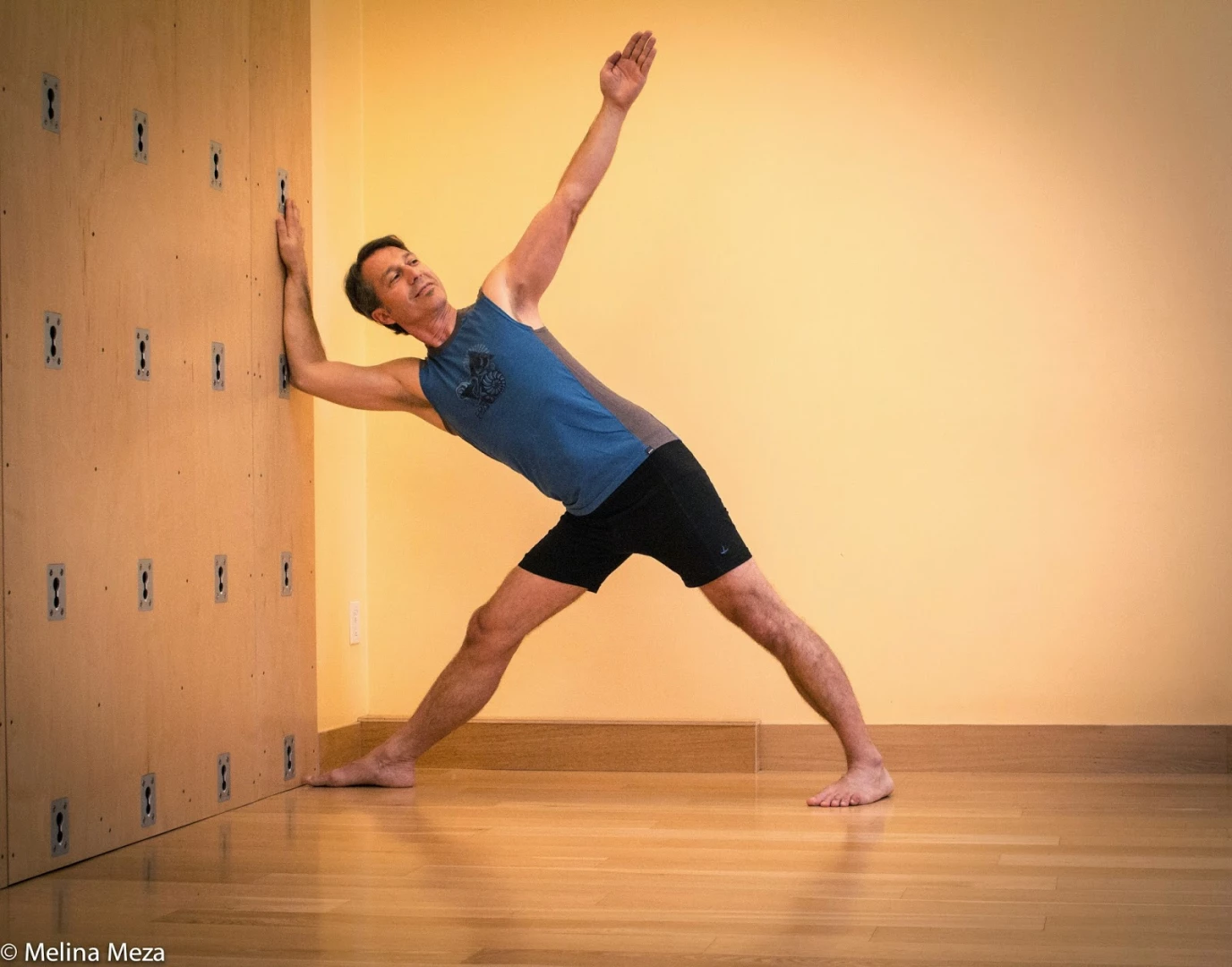
3. Yoga Props Allow Us to Breathe
Using a prop to achieve a healthy alignment—one in which your spine retains its natural curves and your chest is open—helps you to take deep and easy breaths. For example, if your hips are tight, sitting on a block or folded blanket allows you to maintain an upright posture rather than collapsing your chest or rounding your lumbar spine.
Using props can also help reduce pain in a pose, like a foot or knee pain in Virasana (Hero Pose), and allow you to be more comfortable. That makes breathing easier, too.
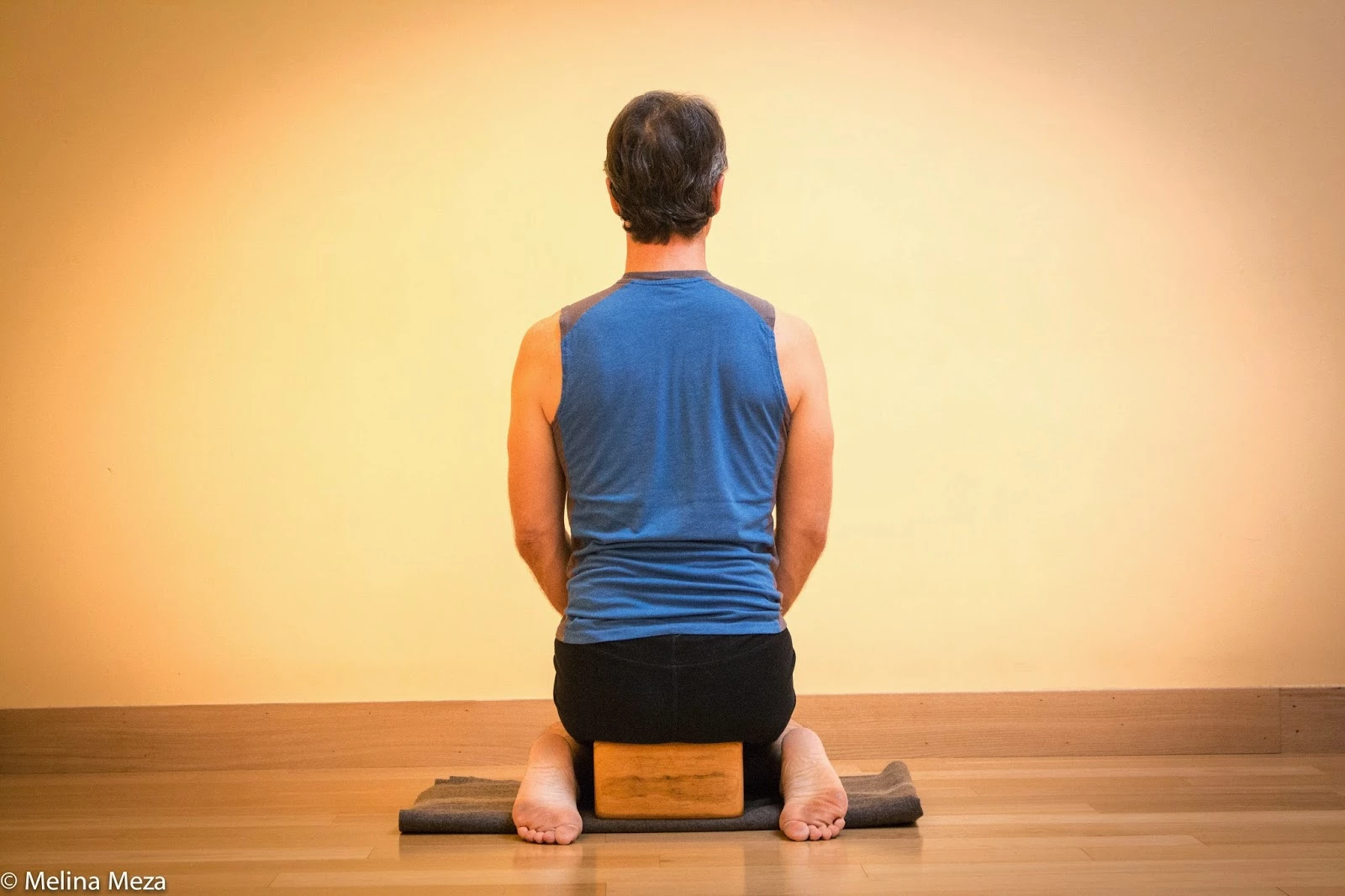
4. Yoga Props Can Help Us Heal
After you injure yourself or experience illness or surgery, using props allows you to gradually restore strength and flexibility to a challenged area. For example, someone recovering from a wrist injury could practice Downward-Facing Dog pose with hands on the wall, then hands on a chair, and then hands on blocks while moving through the healing process.
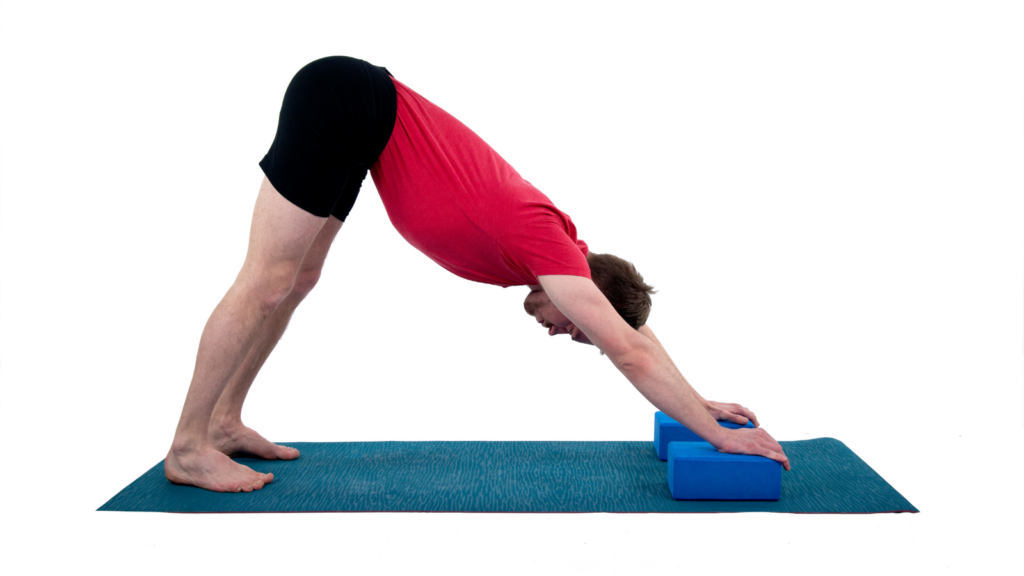
5. Relax More Deeply into Your Practice
Without props, there wouldn’t be Restorative Yoga! In restorative poses, the props allow you to take the shape of a pose, such as a backbend, twist, or forward bend, without muscular effort so you can stay in the pose for long periods of time and relax deeply.
In more active poses using props in poses that otherwise push you to your absolute limits allows you to be comfortable—or at least more comfortable—while still obtaining the benefits of the pose.
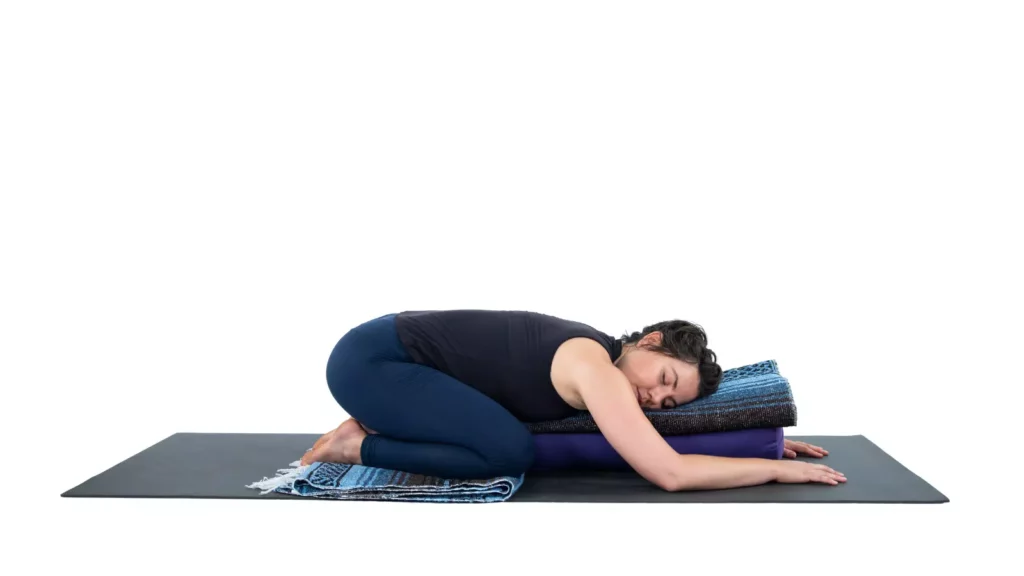
6. Yoga Props Empower Us
When you’re ready to progress beyond the basics, props can enable you to take the first baby steps in working toward a challenging pose. For example, practicing Virabhadrasana III (Warrior III Pose) or Vasisthasana (Side Plank Pose) with a wall is a good way to get started working toward the classic versions of the poses. And how else could we work on Eka Pada Rajakapotasana (One-Legged King Pigeon Pose) without blankets, blocks, and a strap?
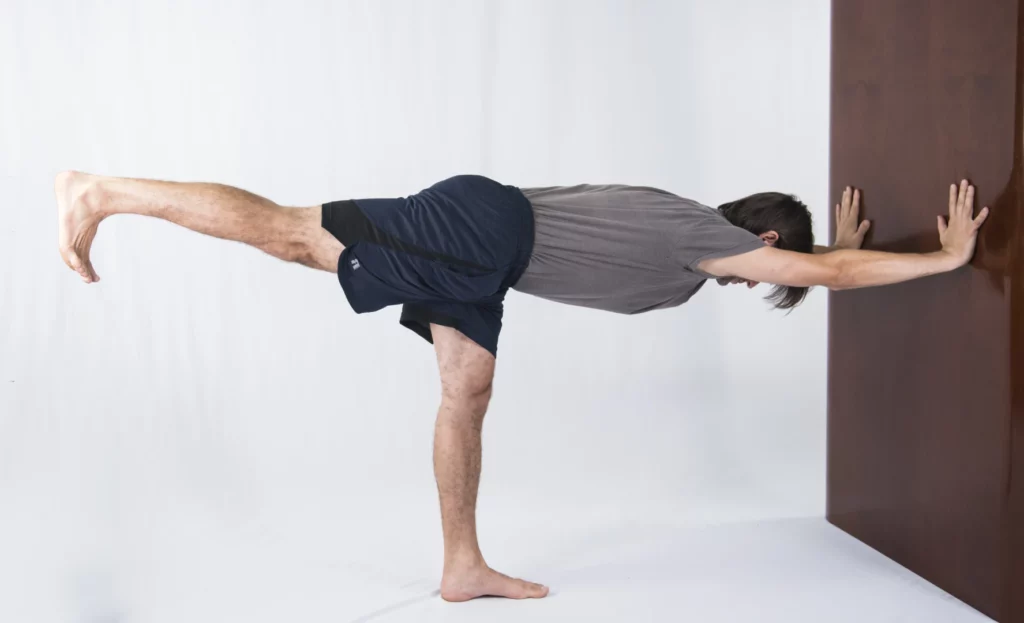
7. Yoga Props Enable All of Us
No matter what shape you’re in—even if you can’t get down to the floor, can’t stand up or can’t move parts of your body—props allow you to take the shape of a pose and obtain the benefits of stretching, moving your joints, and breathing mindfully. As a matter of fact, my new motto is this: With yoga props, there is always a way.
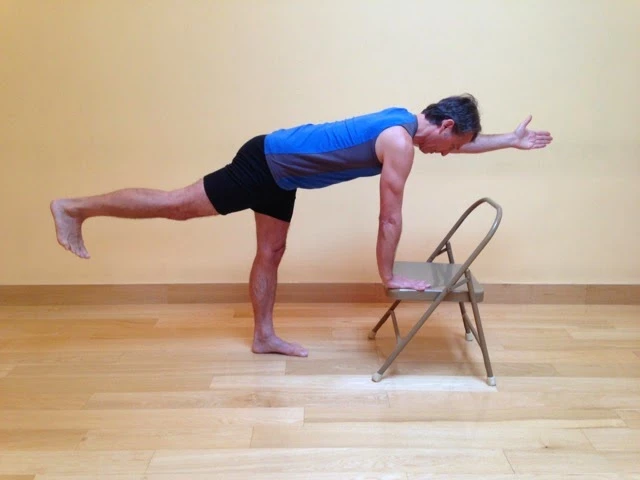
Also, read...
The Yoga Sutras: Practicing Non-Attachment without Becoming Detached
The Broomstick Effect: The #1 Key to Perfecting Balancing Yoga Postures
Related courses
Breath as Medicine: Yogic Breathing for Vital Aging
Yoga and Myofascial Release: Releasing Chronic Tension with the Bodymind Ballwork Method
Yoga and Detoxification: Tips for Stimulating Lymphatic Health

Nina Zolotow, RYT 500, the author of the forthcoming book “Yoga for Times of Change” and the Editor-in-Chief of the Yoga for Healthy Aging blog, is both a yoga writer and a yoga teacher. She trained to be a yoga teacher at The Yoga Room in Berkeley, California, has studied yoga therapy with Shari Ser and Bonnie Maeda, and is especially influenced by the teachings of Donald Moyer. She also studied extensively with Rodney Yee and is inspired by the teachings of Patricia Walden on yoga for emotional healing. Her special area of expertise is yoga for emotional well-being (including yoga for stress, insomnia, depression, and anxiety). She teaches workshops and series classes on yoga for emotional well-being, stress management, better sleep, home practice, and cultivating equanimity.
Nina is the co-author with Baxter Bell of Yoga for Healthy Aging: A Guide to Lifelong Well-Being and co-author with Rodney Yee of Yoga: The Poetry of the Body (with its companion 50 Card Practice Deck) and Moving Toward Balance. She is also the author of numerous articles on yoga and alternative medicine.



